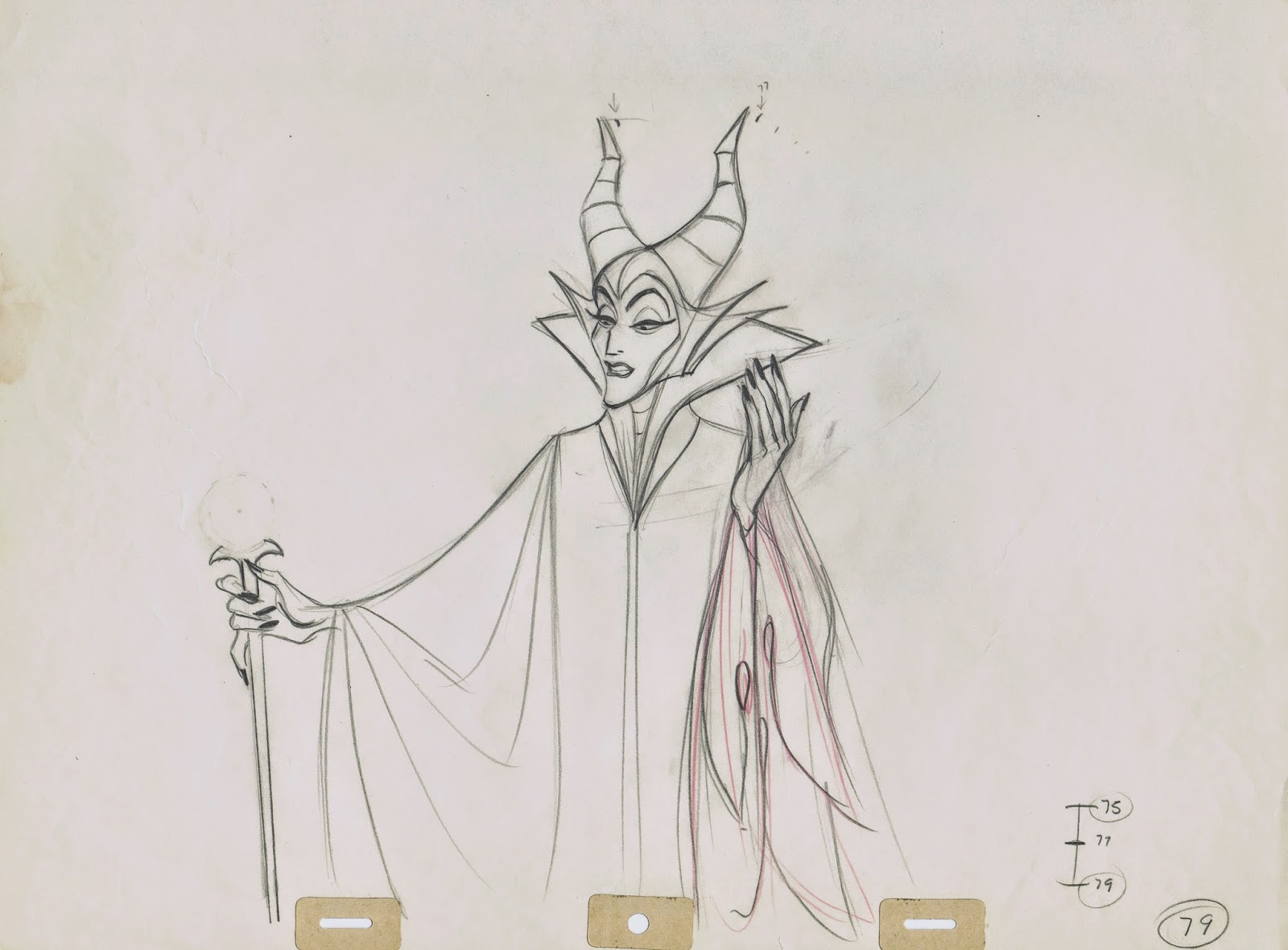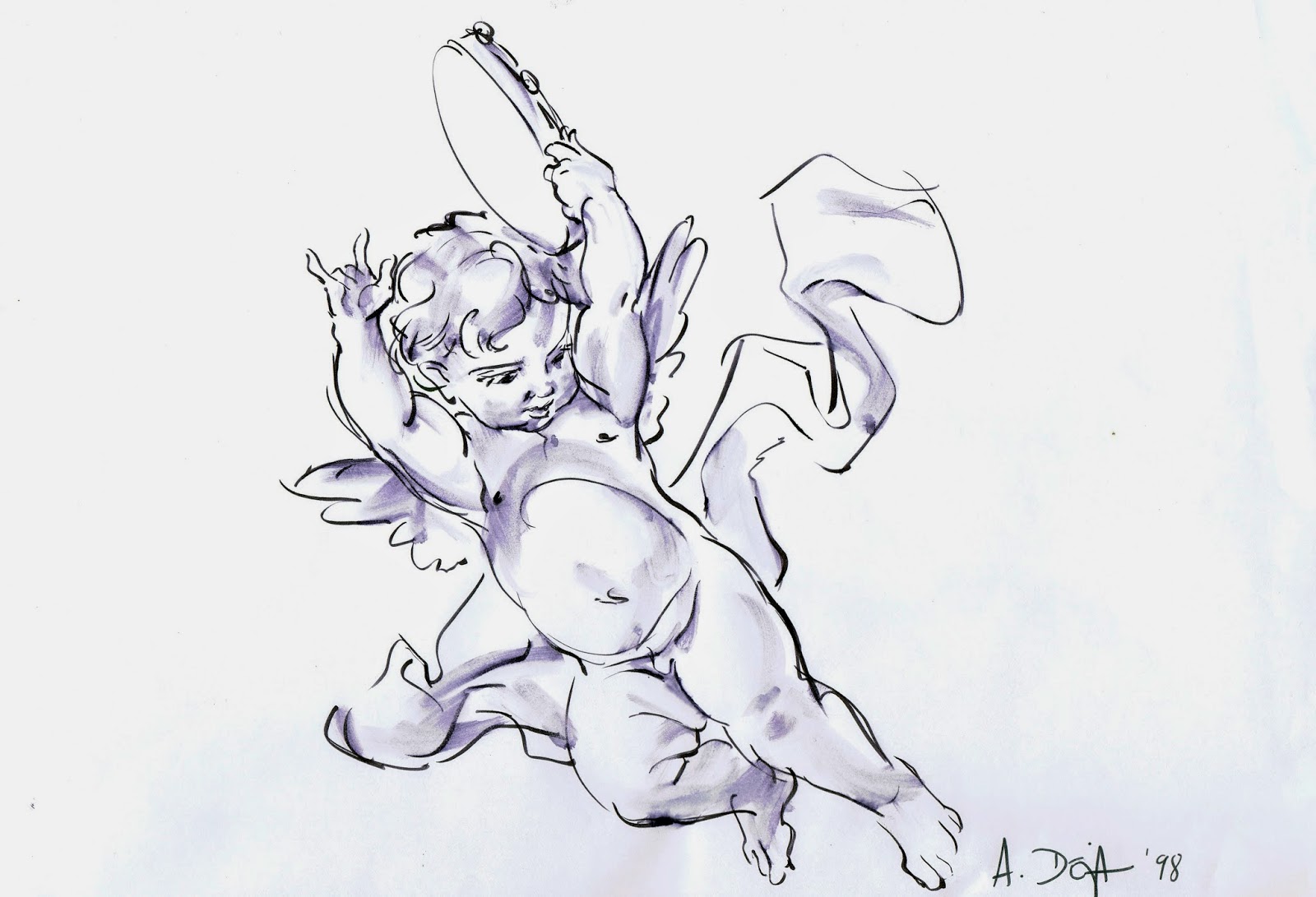I did this wire sculpture a while ago, it is based on the design of Sleeping Beauty’s Squirrel.
This time I tried to be very simple and economical with the line work. I pictured the moment in the movie when the squirrel expresses sadness but also sympathy for Aurora, who dreams of falling in love. The sculpt (or 3D drawing) is just over 5,5” tall.
Disney characters lend themselves to wire sculpting, because their design is always linear. It's fun to leave out as much as possible, so your eye adds volume and detail. You want to challenge the viewer a little.
Now I need to return the squirrel to its rightful owner. So, Dan, if you are reading this, I’ll drop it off at the studio next week. Sorry it took me so long to get it back to you.
For those who are new to the blog, here are a couple of links to other Disney characters in wire:



















































